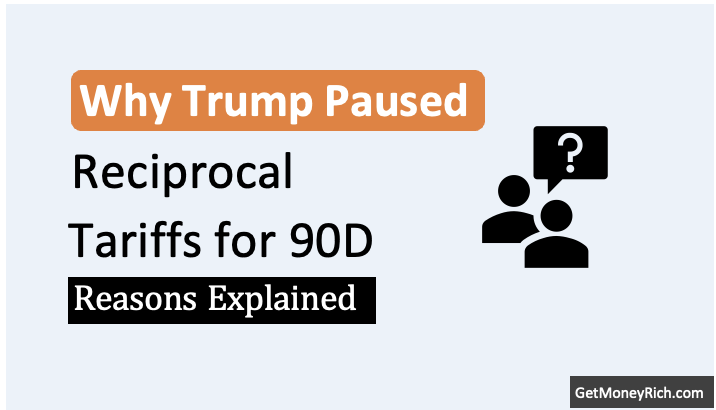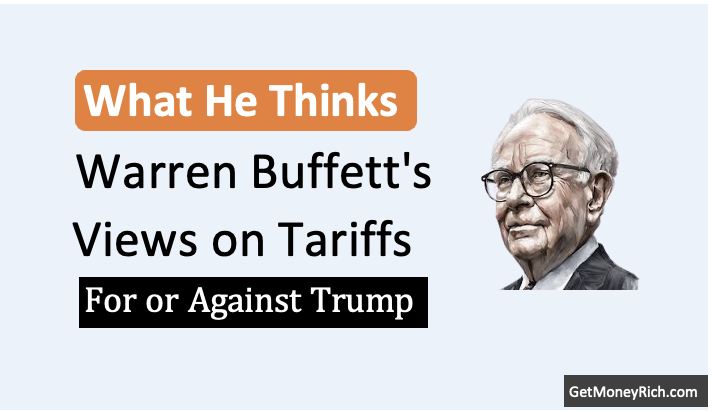Summary Points:
- India’s government plans to ditch the 6% Google Tax on online ads by April 1, 2025, as reported by The Indian Express, hinting at U.S. pressure.
- What It Was: Introduced in 2016, the Google Tax (Equalisation Levy) targeted non-resident tech giants like Google with a 6% tax on digital ad payments over RS.1 lakh, expanding to e-commerce in 2020.
- Who Paid: Indian businesses, not the tech firms, bore the tax burden, hurting startups reliant on digital ads.
- Why It’s Ending: U.S. trade tensions and calls for a global tax solution prompted this rollback, though India retains other tools like SEP.
- Impact: A compromise, relief for small businesses, but a win for tech giants dodging taxes.
Introduction
I was going through my daily dose of morning news and thi headline caught my eye. It was a news piece from The Indian Express. The Indian government is proposing to scrap the 6% equalisation levy on online ads, better known as the “Google Tax”, starting April 1, 2025. This isn’t just some dry policy update; it’s a story that’s been unfolding for nearly a decade. A story about India trying to wrangle global tech giants (like Google) into paying their fair share. But this seems to have hit pause under pressure from the U.S (Donald Trump).
Allow me to declutter this news story for you. I’ll explain what is the Google Tax, why did it matter, and what does its end mean for us?
The Google Tax: A Bold Idea Born in 2016
Imagine you’re running a small business in Mumbai, say an online bookstore.
You decide to advertise on Google to reach more readers. You pay Google a tidy sum.
But here’s the catch, Google’s parent company, Alphabet, isn’t based in India. Its profits zip off to some tax haven, leaving India’s tax collectors only expecting.
This is where the Google Tax comes into picture. Officially the Equalisation Levy was introduced in 2016 by Finance Minister Arun Jaitley. It slapped a 6% tax on payments over Rs.1 lakh a year to non-resident companies, like Google, Facebook, or Twitter, for digital advertising services. These are basically online ads, website banners, or even content creation. I also use them for my blog.
The idea was simple yet audacious. The logic was, if these tech titans were making money off Indian businesses and users, shouldn’t they contribute to India’s coffers? It wasn’t just about revenue; it was about fairness.
Traditional businesses pay taxes based on their physical presence, but what about digital giants?
They operate in a borderless domains, often dodging taxes by routing income through places like Ireland or Bermuda. The Google Tax aimed to level that playing field, or at least nudge it closer to even.
In year 2020, the levy got a sequel, a 2% tax on e-commerce transactions by foreign digital firms selling to Indians.
Suddenly, it wasn’t just ads, it was everything from Amazon deliveries to Netflix subscriptions. India was flexing its fiscal muscle, inspired partly by global moves like France’s crackdown on Google for dodging $1,800 million in taxes.
But as we’ll see, bold moves come with complications.
Who Pays the Price?
Here’s where the story gets personal.
The Equalisation Levy wasn’t a tax on Google or Amazon directly, it was an indirect tax.
That meant Indian businesses, not the foreign giants, had to collect the 6% and hand it over to the government. Let’s understand it with an example.
Imagine my little bookstore in Mumbai again. I pay Google to run some ads for me. But then I have to add an extra 6% to that amount and send it to the tax office. Now, if Google decides to bump up its prices to cover that extra cost, which, frankly, it probably would, I’m the one left paying more. For a small blogger like mine, already stretched thin with costs, that really hurts.
The Internet and Mobile Association of India (IAMAI) warned right away that this tax could seriously hurt tech startups. Big companies like Flipkart can just switch to TV ads and carry on, but for a small business like my, Google Ads is the lifeline. Without it, I’d have fewer readers and less sales.
People complained that a government pushing “Startup India” seemed fine with dumping extra costs on new businesses like mine. And if I couldn’t get Google to pay the tax (which I couldn’t, since I’m the one paying it), that cost would be treated as part of my taxable income, making my money troubles even worse.
Meanwhile, in the U.S. , people were not thrilled either.
By 2020, they’d launched a probe into digital taxes in India, Austria, the UK, you name it, claiming they unfairly targeted American giants like Apple and Meta. Was India’s Google Tax a masterstroke or a misstep?
It felt like a bit of both.
Why Scrap It Now?
So why the sudden U-turn in 2025?
The Indian Express piece hints at the answer. There is a pressure from the new U.S. administration (Donald Trump), flexing its tariff muscles.
- Last year, India axed the 2% e-commerce levy after a spat with Washington.
- Now, the 6% ad levy’s on the chopping block, proposed in the Finance Bill, 2025, by Minister Pankaj Chaudhary.
Tax expert Amit Maheshwari said, this is India signaling “we’re reasonable” to avoid a tariff war.
The U.S. has long griped that digital taxes discriminate against its tech companies, and with trade tensions simmering, India’s playing diplomat.
But there’s more to it. Some experts are also calling this compromise as an “imperfect solution.” It is a stopgap until the world agrees on how to tax the digital economy. India’s not abandoning the fight entirely. We’ve still got tools like the Significant Economic Presence (SEP) rule to target foreign firms with big online footprints here.
Though it is also true that scrapping this levy cuts the clutter, eases taxpayer headaches, and dodges the “unilateral tax” label that irked the U.S. It’s less a retreat and more a recalibration.
A Bittersweet Farewell
I can’t help but feel torn.
On one hand, the Google Tax was a gutsy move, a David-versus-Goliath swing at tech behemoths who’ve danced around taxes for too long. It made sense in theory, if they profit here, they pay here. But in practice? It was a clunky fix that sometimes hurt the little guy more than the big shots. I’ve seen friends in the startup grind wince at every extra cost, and this tax didn’t exactly lighten their load.
Yet, waving it goodbye feels like letting those giants off the hook. On one side, I’ve to pay tax on every profit I make, but the bully Google etc can escape the tax net. Maybe the real fix lies in global talks, like the OECD’s efforts to set digital tax rules everyone can live with.
For now, India’s stepping back, and I get it, trade peace with the U.S. matters. The startups will also breathe easier without the 6% tax shadow. Still, I wonder, what’s next in this story?
Will Significant Economic Presence (SEP) rule pick up the slack, or are we just kicking the can down the road?
Conclusion
- If you’re a business owner, this could be good news. No more juggling that 6% on ad spends after April 1, 2025, your budget will go easy on you.
- If you’re a consumer, don’t hold your breath for cheaper Netflix; the levy’s exit probably won’t trickle down that far.
- And if you’re just a curious soul like me, it’s a reminder:,the digital age keeps rewriting the rules, and taxes are racing to catch up.
So, that’s the Google Tax story. It was born with a bang in 2026 and is now felled with a shrug.
Though, I think, it’s not the end of India’s quest to tax the digital frontier, but its been like a tax war which the payers almost always do not like.
What do you think about India being made to compromise on the 6% Google Tax rule? For Google it is good news, for Donal Trump it will bring a grin, but for our Finance Ministry, it is a compromise. Tell me your perspective in the comment section below.






